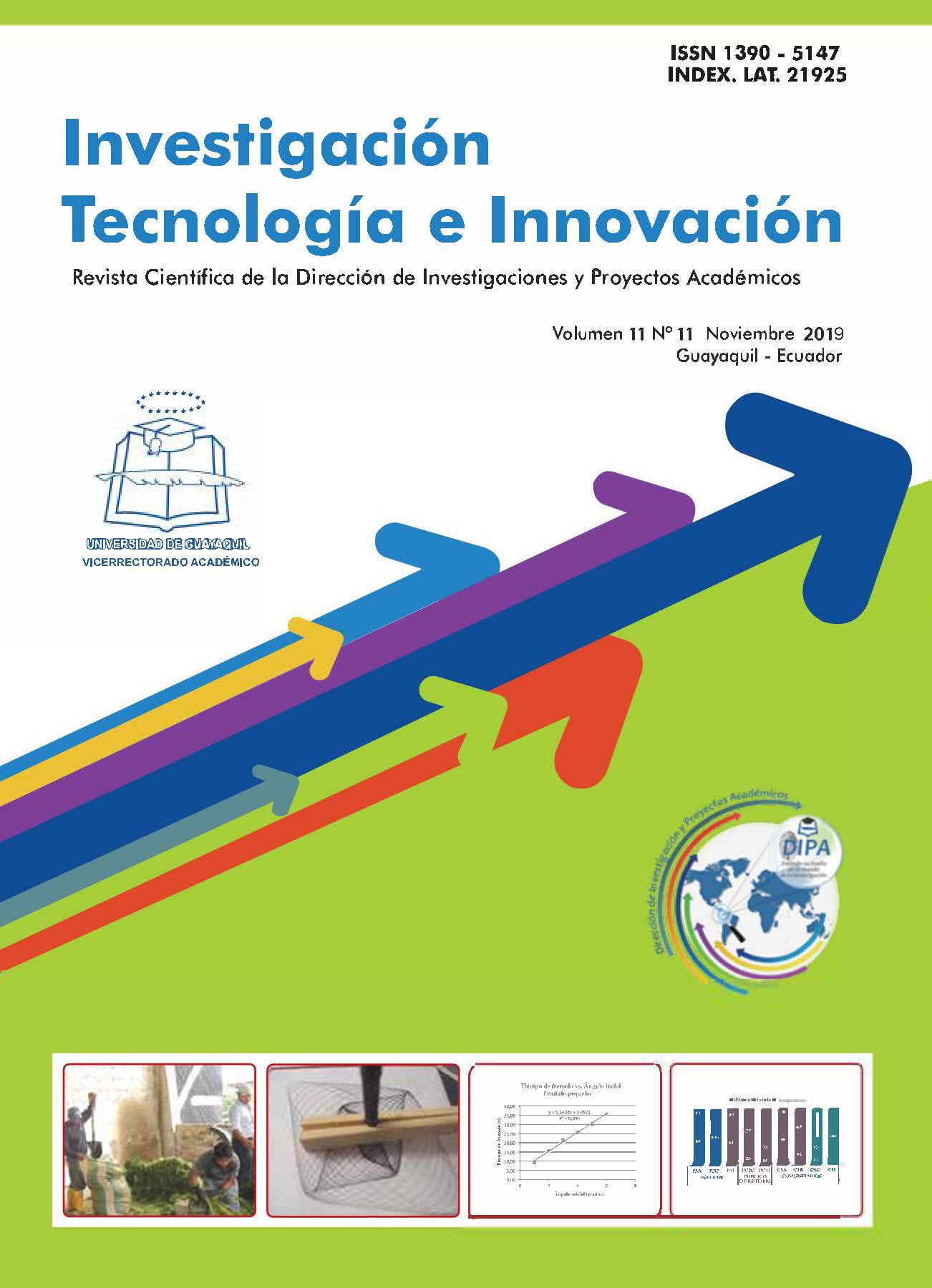Use of contingency tables for the analysis of the consequences of the entry of immigrants to Ecuador
DOI:
https://doi.org/10.53591/iti.v11i11.1285Keywords:
Probability, migrant, contingency table, RAbstract
The objective of this study is to analyze the reasons for determining the increase of foreign citizens in Ecuador, due to the fact that in recent years there has been an increase of migrants in the country. For this purpose, we have considered obtaining data from a database that was provided by the Institute of Statistics and Census (INEC), composed of about 7 million data, where a sample of 1 million records was obtained. With the help of a specialized programming algorithm and free access for statistical analysis such as the R language, it was observed that there are variables that are directly related and allow us to know to what extent travelers tend to choose the country as an option for relocation, according to the analysis it has been noted that 50.06% of these foreigners enter and 49.93% leave the country and that one of the reasons why foreigners come to the countryis for tourism.
References
Cevallos-Torres, L., & Botto-Tobar, M. (2019). Case study: Logistical behavior in the use of urban transport using the monte carlo simulation method. In Problem-Based Learning: A Didactic Strategy in the Teaching of System Simulation (pp. 97–110). Springer.
CEVALLOS TORRES, L. J., VALENCIA MARTINEZ, N. A., & BARROS MORALES, R. L. (2017). Análisis Estadístico Univariado. grupo Compás-Universidad de Guayaquil.
García Zamora, R., & Gainza, P. (2014). Economía, migración y politíca migratoria en Sudamérica: Avances y desafíos. Migración y Desarrollo, 12(23), 69–97.
Gómez, P. S., & Soria, D. S. (2016). Concentración, dispersión y características sociodemográficas en la incorporación espacial de la migración peruana en la Ciudad de Córdoba, Argentina. Población y Salud En Mesoamérica, 14(1), 108–131.
Keck, M. E., & Sikkink, K. (2014). Activists beyond borders. Cornell University Press.
Fuente-Fernández, S. (2016). Aplicaciones de la Chi-cuadrado: Tablas de contigencias. Homogeneidad. Dependencia e independencia. Madrid: Universidad Autónoma de Madrid.
Levitt, P. (2001). Transnational migration: taking stock and future directions. Global Networks, 1(3), 195–216.
Tipler, P. A., & Mosca, G. (2004). Física para la ciencia y la tecnología. I (Vol. 1). Reverté.
Valencia-Nunez, E. R., Melendez-Tamano, C. F., Valle-Alvarez, A. T., Paredes-Salinas, J. G., Salinas, C. F. P., & Cevallos-Torres, L. J. (2018). Virtual classrooms and their use, measured with a statistical technique: The case of the Technical University of Ambato—Ecuador. 2018 13th Iberian Conference on Information Systems and Technologies (CISTI), 1–6.
Walteros, J. A. G. (2010). La migración internacional: teorias y enfoques, una mirada actual. Semestre Económico, 13(26), 81–99.
Downloads
Published
Issue
Section
License
Copyright (c) 2019 Investigación, Tecnología e Innovación

This work is licensed under a Creative Commons Attribution-NonCommercial-NoDerivatives 4.0 International License.






